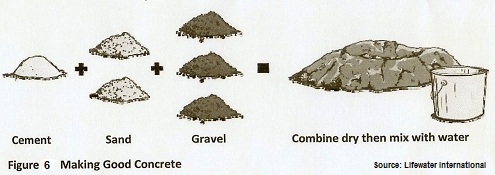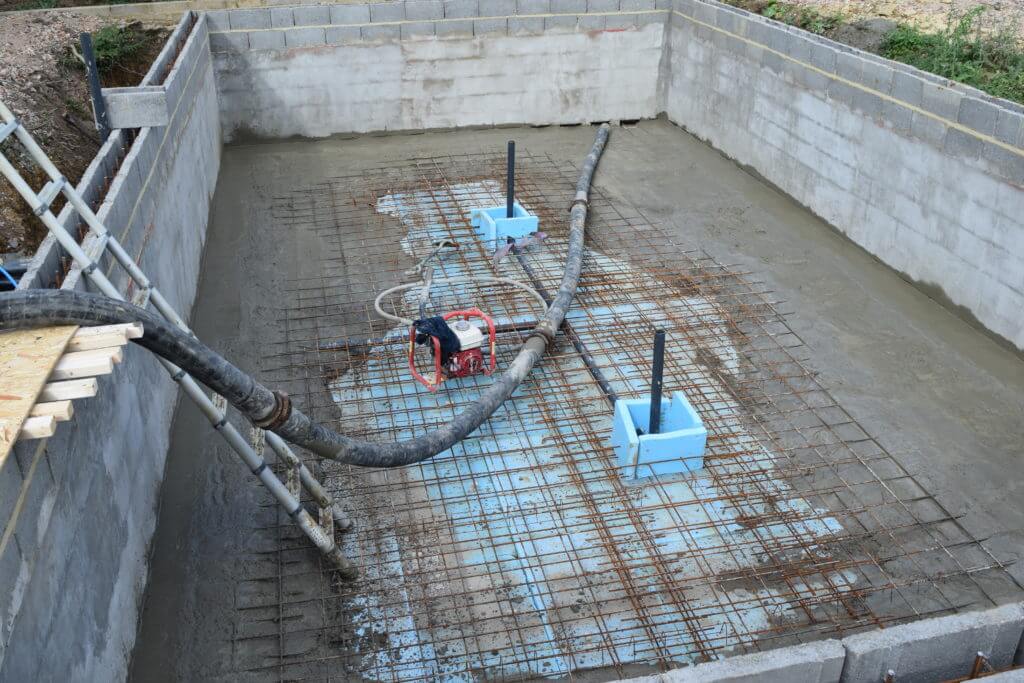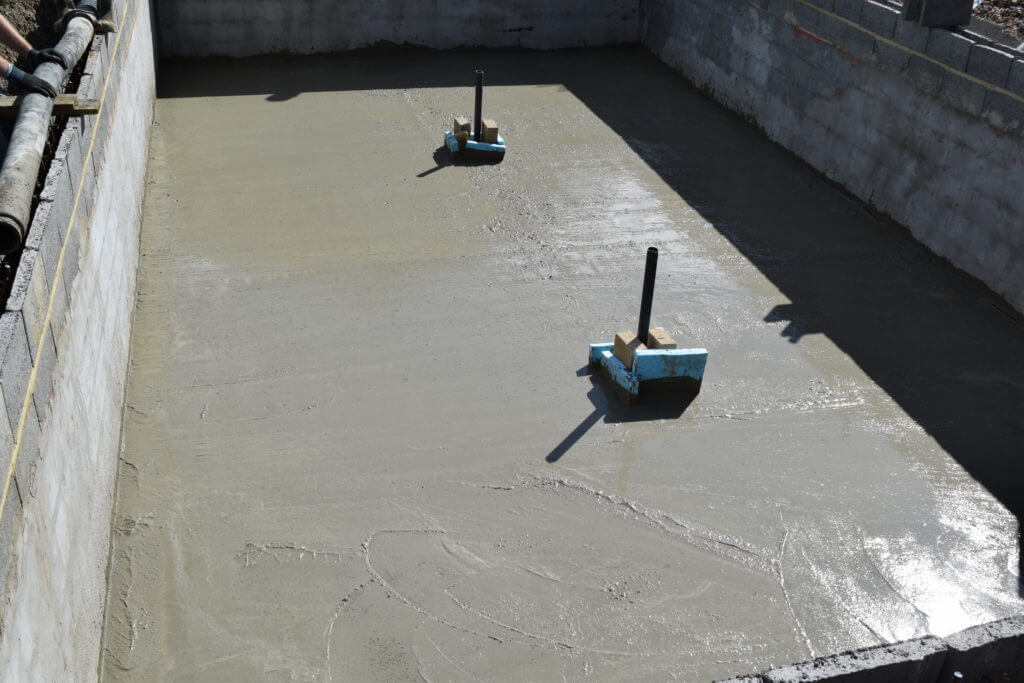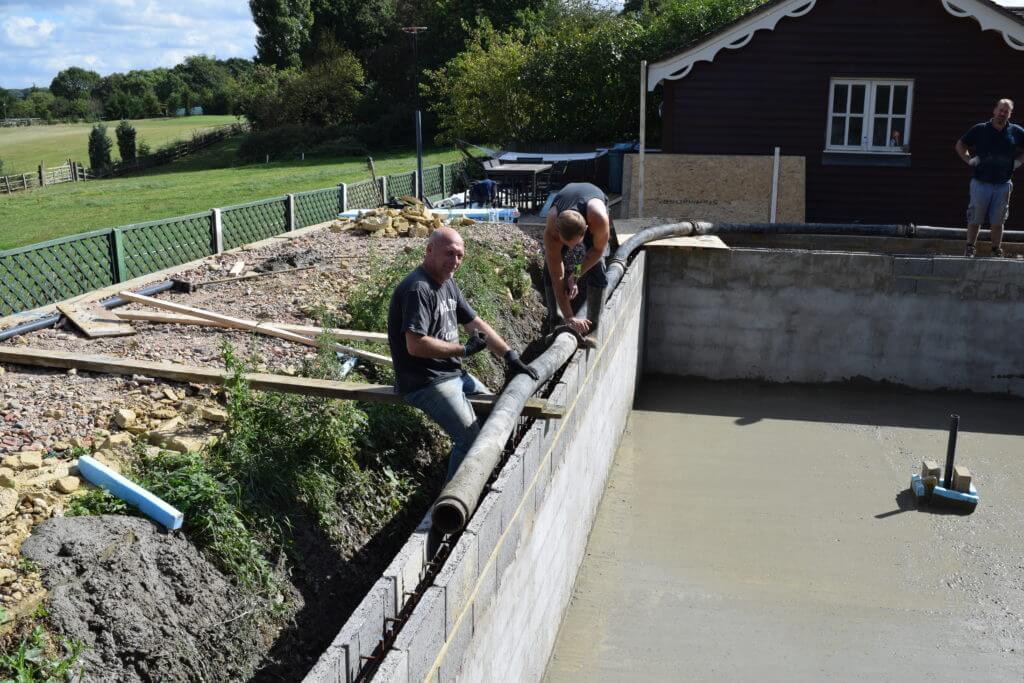Concrete is a unique building material. It doesn’t rot or burn like wood. It won’t rust and it’s heavy—when you build something out of concrete, you know it will be around for some time. Most of all, though, concrete is special because it starts out as a thick liquid that can be molded in various shapes.
Concrete is everywhere. It’s underfoot as you walk down the street and it keeps your home up off the ground. It’s the stuff villages, towns and cities are made of and a good deal of the roads and bridges as well! You’ll find concrete in foundations, patios, shed and conservatory bases, car parks, farm yard hard-standings, retaining wall structures, swimming pools, high rise buildings even birdbaths and sailboats. And in years to come, we may even build with it on the moon!

So how does concrete actually work? How is it that it can go from a liquid to a hard solid that the world relies on? Well, to understand how concrete works, you need to think about how other things work in life. For example, how does cake mix turn into a nice fruit cake? Once you mix up some flour, baking powder, butter and eggs, add dried fruit and nuts and pour the whole thing into a cake pan then you are half way there. From that once you add some heat, that unappetizing paste is suddenly something new! The original batter has changed, while the fruit and nuts are pretty much the same—just suspended and held together by the cake. And that is just how concrete works – but you have to put a lot more sweat and tears into concrete than you do to baking a cake (it’s not that easy)!
So from understanding a fruit cake to understanding concrete comes some differences. In place of the flour mixture, concrete requires Portland cement. Instead of dried fruit and nuts, you have sand and gravel. And a concrete form takes the place of the cake pan. Finally, instead of the heat that bakes the cake, concrete uses water. While heat is the prime mover in getting the cake batter to change its characteristics, in the concrete mix it is water that gets things going.
Perhaps the most important thing to understand about concrete is the role of water. This is because:
- WATER begins the chemical reaction that starts setting the concrete (and which incidentally causes heat).
- The WATER: cement ratio largely determines the strength and durability of the concrete when it is set / cured properly.
The more the water to cement and ballast is increased (that is, the more water that is added for a fixed amount of cement and ballast), the more the strength of the resulting concrete is reduced. This is mostly because adding more water creates a diluted concrete paste that is weaker and more susceptible to cracking and shrinkage.



However, using a lower water content ratio is the usual way to achieve a high strength and high quality concrete, but beware it does not guarantee that the resulting concrete is always appropriate for kitchen countertops where you bake your cakes … unless a design mix is used which would be the case in many special structural applications!
This shows that good concrete results from a good mix design and that appropriate water cement, ballast ratio is KEY. This shows you that you should choose Ronimix because we know how concrete works and have the perfect concrete mix for you and your projects.
You may also find our page Concrete Curing on the Phone interesting.

